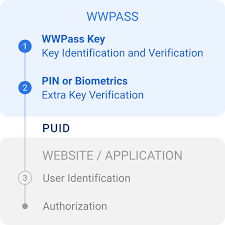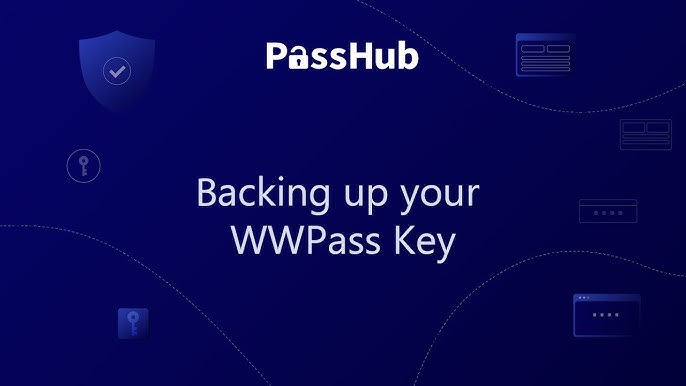Understanding Multi Factor Authentication: Why It Matters
In today’s digital world, where cyber threats are increasingly sophisticated, ensuring the security of our online accounts has become paramount. One of the most effective ways to safeguard access is through multi-factor authentication. This method adds additional layers of security, making it significantly more difficult for unauthorized individuals to gain access to sensitive accounts. For a comprehensive understanding of this security measure, you can visit multi factor authentication https://www.wwpass.com/multi-factor-authentication.
The Basics of Multi-Factor Authentication
Multi-factor authentication (MFA) is a security system that requires more than one form of verification from independent categories of credentials to grant access to an account or system. Unlike single-factor authentication, which typically relies on only a password, MFA requires a combination of multiple factors: something you know (like a password), something you have (like a mobile device), and something you are (like a fingerprint or facial recognition).
Types of Authentication Factors
There are generally three categories of authentication factors:
- Knowledge Factors: These are pieces of knowledge that only the user should know, such as passwords or answers to security questions.
- Possession Factors: These could be physical devices, such as smartphones, hardware tokens, or smart cards that generate time-based one-time passwords (TOTPs).
- Inherence Factors: These factors are tied to the user’s physical characteristics, including biometric verification like fingerprints, facial recognition, and voice recognition.

How MFA Enhances Security
The main purpose of multi-factor authentication is to add an extra layer of security to an account. In the event that one authentication factor is compromised—such as a password being stolen—MFA can still protect the account by requiring another form of verification.
MFA significantly reduces the risk of unauthorized access. In fact, studies show that accounts using MFA are far less likely to be compromised than those relying solely on passwords. This added security is crucial, especially for businesses that manage sensitive data and need to comply with various regulations regarding data protection.
Real-World Applications of MFA
Multi-factor authentication is utilized in various sectors, from banking to healthcare to social media platforms. Here are some examples of where MFA is commonly implemented:
- Banking: Many online banks require users to input a code sent to their phone or email after entering their password, adding an additional barrier against unauthorized access.
- Corporate Networks: Businesses implement MFA to secure their network access, particularly for remote employees accessing sensitive data.
- Email Accounts: Email providers, such as Google and Microsoft, offer MFA options that prompt users for a secondary verification method when logging in from new devices.
Implementing Multi-Factor Authentication

Setting up multi-factor authentication is generally straightforward, although the specific steps may vary depending on the service provider. Here are typical steps to set up MFA:
- Log into your account settings and navigate to the security section.
- Look for the option to enable multi-factor authentication.
- Select the preferred authentication methods you wish to set up (e.g., SMS codes, authentication apps, biometric authentication).
- Follow the prompts to verify your chosen methods, which may involve receiving codes or setting up an app.
- Save your settings, and ensure that the MFA is active.
Challenges and Considerations
While multi-factor authentication significantly enhances security, it is not without challenges. Some users may find MFA inconvenient, as it requires additional steps during the login process. Moreover, instances of SMS phishing can compromise MFA if an attacker tricks a user into revealing their verification codes.
Organizations must also recognize the potential for disruption, especially during the process of onboarding or changes to existing systems. User education is vital to ensure they understand the importance of MFA and how to use it effectively.
Conclusion
In conclusion, multi-factor authentication is an essential component in the modern landscape of cybersecurity. By requiring multiple forms of verification, MFA adds a significant layer of protection against unauthorized access and data breaches. It’s a relatively simple but highly effective solution for both individuals and organizations seeking to protect sensitive information. As cyber threats evolve, so too must our security measures—multi-factor authentication is a crucial step in that direction.